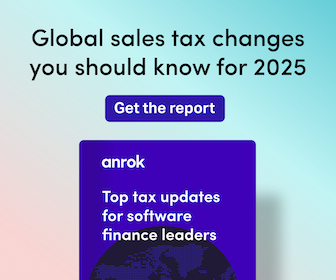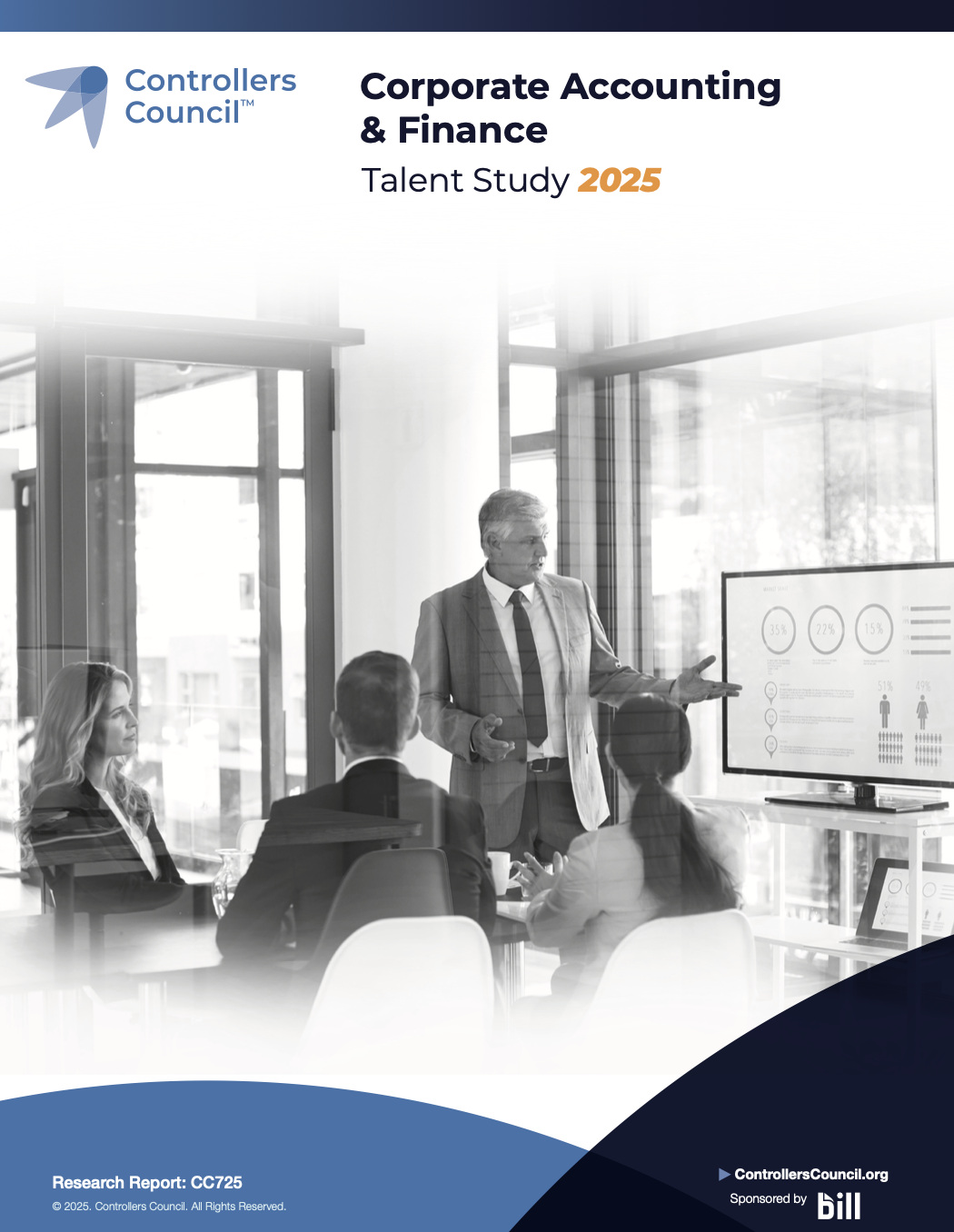Global trade policies and tariff regulations are continually evolving, directly impacting corporate financial strategies. The Trump administration’s recent announcement regarding the imposition of tariffs on imports from three key trade partners is already having huge consequences for the 2025 economic outlook.
As a CFO or controller for your organization, it’s important to take a proactive approach to face these developments head-on. This guide outlines key factors and best practices for addressing the financial implications of shifting trade policies and tariffs.
What Tariffs Have Been Announced?
President Trump exercised his powers under the International Emergency Economic Powers Act (IEEPA) and declared the threat posed by illegal drugs and illegal immigrants a national emergency. Until the border crisis is alleviated, he is imposing the following additional tariffs on imports:
- A 25% additional tariff on imports from Mexico and Canada
- A 10% additional tariff on Chinese imports
- A 10% additional tariff on energy imports from Canada
While these policies may encourage the impacted nations to assist in resolving the border crisis, they could also have some serious repercussions for American businesses and consumers.
How These Changes Could Impact Corporate Finance
Since tariffs function as a tax on imported goods, the rise in tariff rates can lead to increased costs for any products your business sources from international suppliers. These costs can impact everything from your pricing models to profit margins and overall financial health. Here are a few direct and indirect consequences of increased tariffs:
Increased Cost of Goods Sold
Higher tariffs mean elevated import expenses. In turn, these increases can erode your profit margins. Your organization will need to implement pricing adjustments or cost-saving measures to keep the cost of goods sold (COGS) at reasonable levels.
Supply Chain Disruptions
If your supply chain consists of numerous vendors in China, Mexico, or Canada, it may be time to reconsider a few of these trade partnerships. Your organization may be able to offset one vendor’s rising prices caused by tariff increases. However, it will be much more challenging to contend with increases across the board.
Take this opportunity to evaluate your current sourcing strategies. The organization may also need to relocate production facilities to offset tariff impacts. However, it’s important to consider whether your business expects these tariff increases to last so that it can compare the costs of relocating a facility to the expenses of increased COGS.
Consumer Price Sensitivity
Unfortunately, the tariffs will likely increase the end cost of hundreds or even thousands of products. Passing tariff-induced costs on to consumers may result in reduced demand and competitive disadvantages. Think about how your organization can address this concern and remain competitive.
New Reporting Challenges
The new tariffs will also create additional reporting challenges for your finance team. It’s important to report tariff-related financial data to stakeholders and regulatory bodies properly.
Key Strategies to Mitigate Tariff Risks
Here are several actionable tips to navigate tariff changes:
Scenario Planning and Financial Forecasting
Step one involves running new financial forecasts and scenario plans based on the Trump administration’s tariff rates. These forecasts will provide hard data about the impacts of the increased tariffs. Your organization should:
- Conduct what-if analyses to simulate the impact of tariff increase on revenue and expenses
- Adjust financial forecasts to reflect potential tariff-related costs and margin pressures
- Align contingency plans with business objectives to maintain financial resilience
Focus on scenarios that are most likely to occur and the potential outcomes that would be detrimental to your company’s financial health.
Supply Chain Diversification
One of the most effective ways to offset tariff costs is to evaluate and diversify your supply chains. Your business should consider:
- Sourcing materials and goods from countries with lower or no tariff obligations
- Negotiating long-term contracts with suppliers to lock in favorable terms
- Exploring nearshoring options to reduce dependence on tariff-heavy imports
Creating a more resilient supply chain is a good idea, regardless of whether your organization expects the tariffs to have lasting consequences. The goal is to avoid single points of failure that could impact product availability.
Cost Management
Implementing cost-control measures can help your organization absorb tariff-related expenses without compromising profitability. Your finance team should work to cut out any unnecessary fat from the company’s budget.
Optimize your inventory to avoid overstocking tariff-heavy goods and use analytics tools to reduce operational costs. You should also explore tax incentives or subsidies that may offset tariff impacts.
Pricing Adjustments
The new tariffs are substantial, which means adjusting prices is inevitable. Start by conducting market research to gauge consumer price sensitivity. Your business should work to increase costs just enough to offset tariff-related expenses without losing market competitiveness.
Stay on Course in 2025
The strategies outlined above will help your organization adapt to changing tariff policies while maintaining an edge in 2025. As always, focus on making your organization more nimble and adaptable in the midst of shifting economic conditions.




